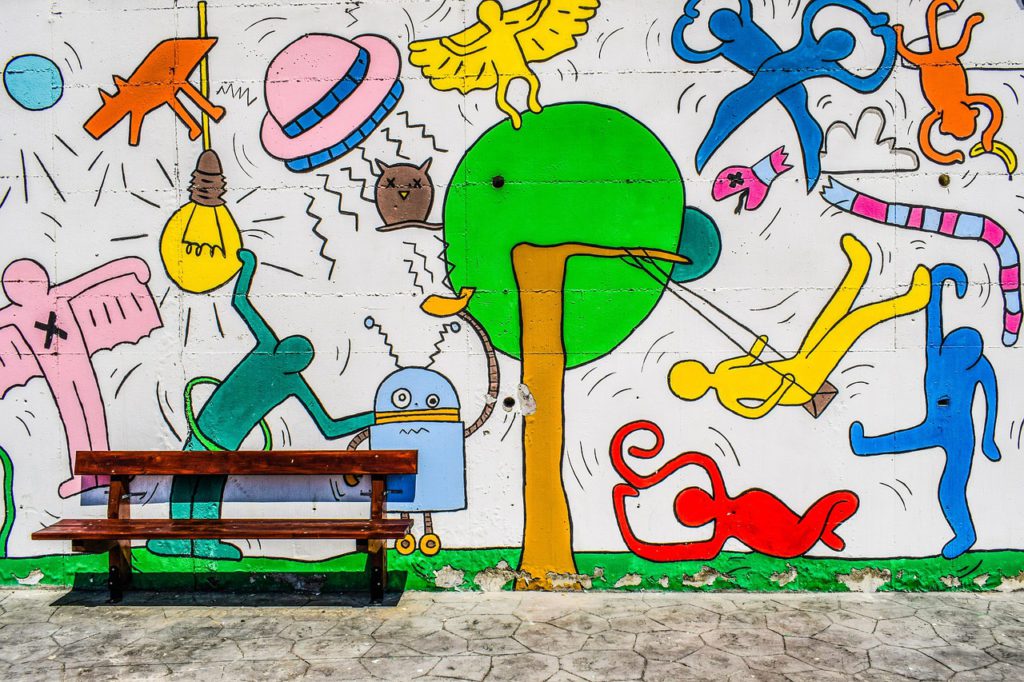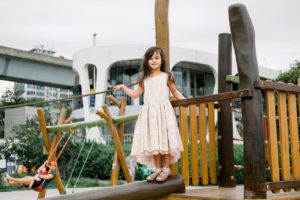Building Better Outdoor Adventures

A new wave of outdoor playground equipment is transforming parks into dynamic spaces that encourage creativity, movement, and exploration. Just as self-expression has expanded into new forms like colour contact lenses that enhance personal style, outdoor play is evolving to celebrate individuality and adventure. However, creating safe environments remains crucial, and completing an injury management course can be an essential step for those overseeing or designing active spaces. Building better outdoor adventures is about balancing excitement with responsibility—and ensuring everyone can enjoy them confidently.
Modern playgrounds aren’t just about slides and swings. Today’s outdoor spaces aim to offer a full sensory experience that caters to different ages and abilities. Adventure playgrounds, fitness-inspired obstacle courses, and inclusive play zones are reshaping public spaces to be more than places of physical exercise—they are places of imagination and personal development.
In designing these spaces, attention must be paid not only to variety and fun but also to safety and accessibility. Surfaces, material choices, and structural designs must all meet strict standards to prevent accidents without stifling creativity. A well-constructed playground invites daring exploration while ensuring that even unexpected tumbles don’t lead to serious injury.
Outdoor spaces should also be designed to engage diverse interests and abilities. Some children might love scaling a climbing wall, while others are drawn to balance beams, musical panels, or sensory gardens. Offering a mix of physical, creative, and sensory play ensures that every child finds something that captures their imagination and invites participation.
Similarly, personal expression during play—whether through bold fashion choices, temporary tattoos, or even playful coloured contact lenses—should be celebrated as part of the broader experience. Encouraging children and teens to bring their personalities into public spaces builds confidence and fosters a deeper connection to community life.
However, alongside this spirit of fun, there must be a parallel focus on awareness and preparedness. Injury management knowledge is a vital part of supporting adventurous activities. Parents, caregivers, and playground supervisors who understand basic injury prevention and response are better equipped to handle minor incidents and create environments where risk is managed smartly, not feared.

An injury management course can provide practical skills that complement good playground design. These courses typically cover topics like first aid basics, recognising early signs of more serious issues, and techniques for reducing the severity of common injuries. They also help reinforce a proactive mindset—spotting potential hazards early and encouraging safe play practices without dampening enthusiasm.
When children (and adults) know they’re in a space where risks are acknowledged and managed, they are more willing to explore, take healthy risks, and develop physical competence. Fear of injury diminishes when environments are built with intention and communities are prepared to respond when needed.
Outdoor playground equipment today often includes features that are not only fun but educational. For example, climbing structures can teach problem-solving and resilience, while cooperative play zones build communication skills. When playgrounds are designed with layered experiences in mind, they become powerful tools for holistic development.
In addition to structured spaces, allowing room for unstructured exploration is important. Natural playgrounds that incorporate logs, rocks, and water features allow for imaginative play that can’t always be neatly categorised. These spaces teach adaptability and creative thinking—skills that carry into other areas of life.
For teenagers and young adults, outdoor adventures may extend beyond traditional playgrounds into community obstacle courses, skateparks, or hiking trails. Here, too, equipment and environment design should consider durability, challenge, and accessibility, while still providing opportunities for safe risk-taking.
Incorporating safety messaging in fun and engaging ways also helps. Signage that uses humour or storytelling to highlight safe practices can be more effective than rules posted as stern warnings. Positive reinforcement, rather than restrictive messaging, encourages respect for both the equipment and fellow users.
Building better outdoor adventures also involves thinking about aesthetics. Just as costume accessories or a vibrant pop of eye colour can transform a personal look, the appearance of playgrounds matters. Colourful designs, varied textures, and artistic touches make playgrounds more inviting and inspiring. Playgrounds that look imaginative encourage imaginative play.
Beyond public spaces, schools and childcare centres play a major role in offering daily outdoor adventures. Their equipment and policies should reflect the latest thinking in both play theory and safety. Staff trained in injury management can make a critical difference, intervening early when accidents occur and maintaining a calm, reassuring presence.
Another important consideration is accessibility for all users. Wheelchair-friendly equipment, sensory panels, and supportive ground surfaces ensure that no one is excluded from the adventure. Inclusion builds community bonds and teaches empathy from a young age.
Environmental responsibility is also coming to the forefront. Using sustainable materials, designing low-impact installations, and incorporating native plants all contribute to healthier communities and teach children valuable lessons about stewardship.
Ultimately, building better outdoor adventures is about believing in the value of play. It’s about creating spaces that celebrate imagination, movement, and individuality while embedding safety and inclusivity at every level. It’s about recognising that creativity and resilience are nurtured through experience—not just in controlled classrooms, but out in the open, where children can invent, climb, tumble, and thrive.
With the right balance of inspiring design, safe practices, and community engagement, outdoor spaces can become launchpads for a lifetime of exploration and growth. Whether climbing to imaginary castles, racing through obstacle courses, or simply inventing games under the sky, every adventure taken builds stronger, happier, more capable people.





